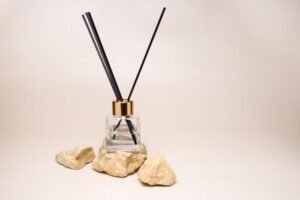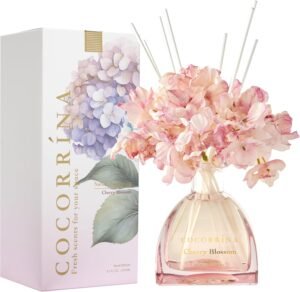So, you’ve decided to dive into the world of reed diffusers, either as a consumer wanting to understand what makes a good one, or perhaps as a brand owner like Lisa, who’s knee-deep in product development and procurement. You know the oil is important, but what about those seemingly simple sticks? A simple stick, right? Not quite. Just like a good pen needs the right kind of ink flow, a diffuser stick needs to "flow" just right.
Reed diffuser sticks, essential for wicking and diffusing fragrance oil, must meet specific material requirements to ensure optimal performance, consistent scent throw, and longevity. Key material considerations include their porosity for efficient oil absorption, the uniformity of their internal structure for consistent diffusion, durability to resist degradation, and a composition free from impurities that could impede wicking or alter fragrance chemistry.
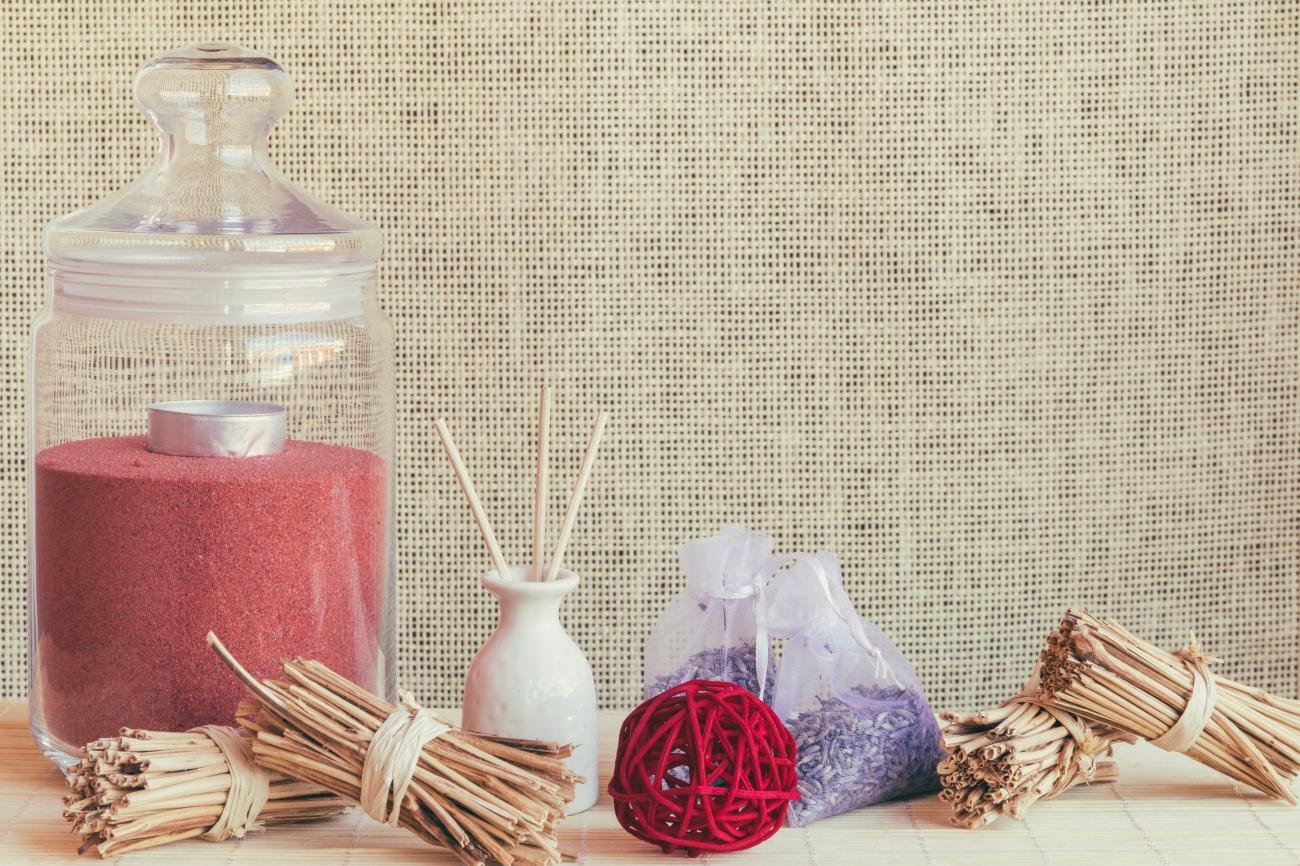
When we work with global brands like MCM or help Amazon sellers refine their product lines, one of the unsung heroes we scrutinize is the humble reed stick. It’s the silent workhorse that draws the oil up and releases the scent into your home. A client once told me, "My diffuser looks great, the oil smells divine, but I can barely smell it after a week!" My first thought? "Tell me about your sticks." It’s often where the problem lies. Let’s dig into the material needs that make these sticks truly effective.
What Are Reed Diffuser Sticks Made Of?
Before we talk about requirements, it’s important to know the common types of materials used for reed diffuser sticks. Each has its own properties and ideal applications.
Reed diffuser sticks are primarily made from two main material categories: natural rattan, which utilizes capillary action through porous channels to draw up fragrance oil, and synthetic fiber, engineered specifically for consistent and efficient fragrance wicking. Less commonly, some sticks may be made from wood.
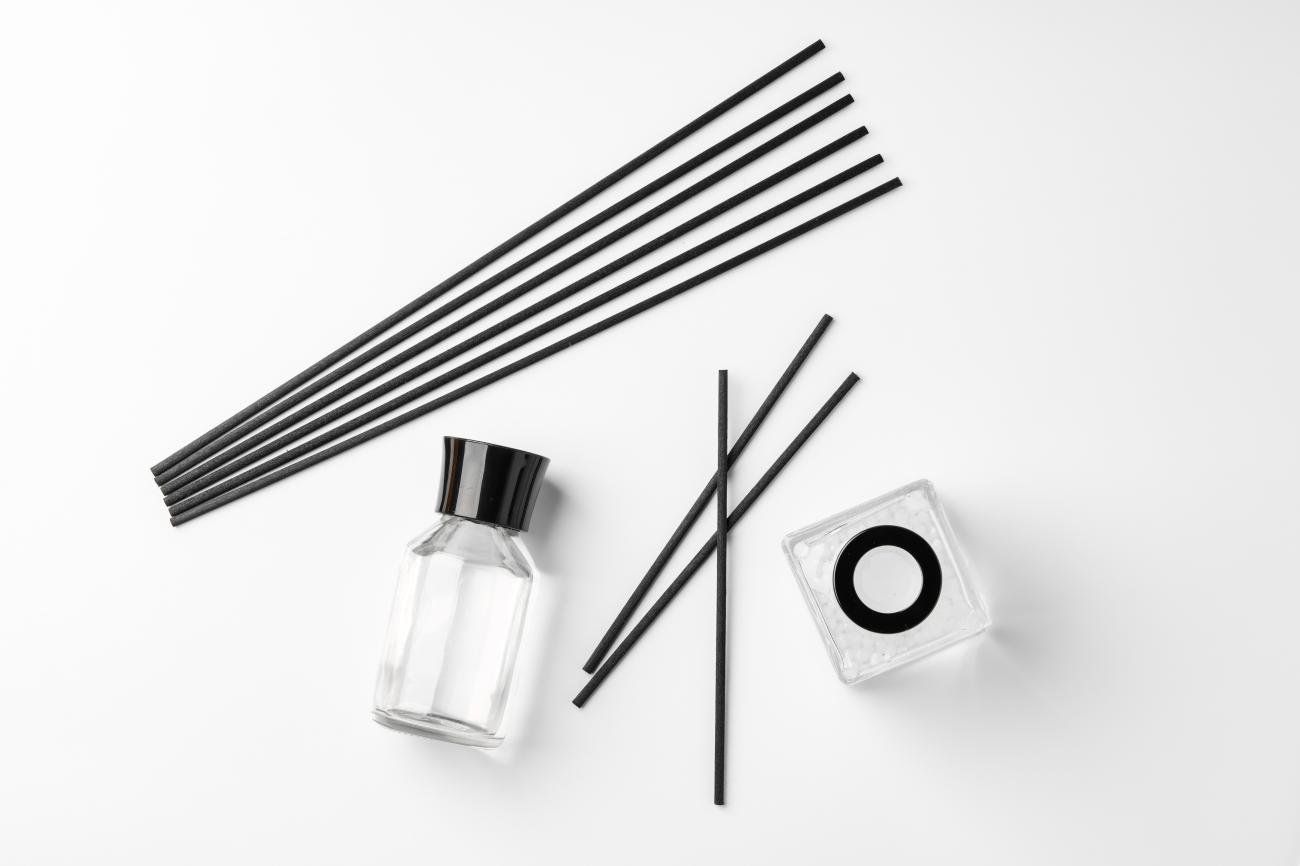
Let’s break down these common materials.
1. Natural Rattan Reeds
These are the "original" diffuser sticks and are very common.
- Material Source: Rattan is a natural vine-like palm. The sticks are cut from the inner part of this plant.
- Structure: Rattan contains tiny channels (capillaries) that run the length of the stick. These capillaries are what draw the fragrance oil up the stick.
- Wicking Mechanism: Capillary action, just like how water moves up a plant stem, pulls the oil upwards.
- Pros: Natural, often seen as traditional.
- Cons:
- Inconsistent Porosity: Being natural means the channels can vary in size and distribution from stick to stick, and even within the same stick. This can lead to uneven wicking.
- Clogging: Over time, the capillaries can become saturated or clogged with fragrance oil or dust, reducing their wicking ability. This is why natural rattan reeds often need to be flipped or replaced periodically.
- Fragrance Alteration: In some rare cases, natural impurities in the rattan can subtly react with certain fragrance oils, although this is less common with high-quality processed rattan.
2. Synthetic Fiber Reeds (Porus Fiber Sticks)
These are engineered sticks designed specifically for diffusers.
- Material Source: Typically made from polyester or other synthetic polymer fibers.
- Structure: These sticks are uniformly porous. They have a consistent network of tiny, open pores throughout their entire structure.
- Wicking Mechanism: The consistent porosity ensures a steady and even wicking process from the start to the end of the oil’s lifespan.
- Pros:
- Consistent Diffusion: Their uniform structure provides a very steady and reliable scent throw.
- Non-Clogging: Less prone to clogging compared to natural rattan reeds, meaning they often don’t need flipping and maintain their wicking ability longer.
- No Discoloration: They won’t discolor the liquid as some natural reeds might if they contain natural dyes or impurities.
- Compatibility: Highly compatible with a wide range of fragrance and essential oils without chemical reactions.
- Cons: Not "natural" in material, though very effective.
3. Wood Diffusers (Less Common for sticks)
While some diffusers use wooden elements, solid wood isn’t typically used for the thin, long sticks.
- Material: Usually, softwoods are used for decorative elements or larger "block" diffusers.
- Wicking Potential: Their wicking ability is usually very limited compared to rattan or fiber, and they often saturate quickly without sustained diffusion.
- Pros: Aesthetic appeal.
- Cons: Poor performance for continuous wicking.
At ENO, we often recommend high-quality fiber reeds for brands and Amazon sellers who prioritize consistent and reliable performance, ensuring a better customer experience and fewer complaints. However, we also support clients who opt for high-grade natural rattan when they want an authentic, traditional aesthetic, provided they understand its potential limitations regarding consistent performance.
Essential Material Requirements for Optimal Performance
Regardless of the material chosen, for a reed diffuser stick to work effectively, it must meet several critical material requirements. These are the non-negotiables for a stick that truly performs.
For optimal performance, reed diffuser sticks must exhibit high and uniform porosity for efficient, consistent wicking of fragrance oil. They need to be durable, resisting degradation or bending in liquid, and chemically inert to prevent adverse reactions with the fragrance. Additionally, they should be free from impurities that could clog capillaries or alter the oil’s longevity and scent profile.

Let’s break down these crucial requirements.
1. High and Uniform Porosity
This is arguably the most important requirement.
- What it means: The stick must have many tiny, interconnected open spaces (pores or capillaries) throughout its structure. "Uniform" means these pores are consistently sized and distributed throughout the stick.
- Why it’s essential:
- Efficient Wicking: High porosity allows the oil to be absorbed quickly and travel up the stick efficiently.
- Consistent Scent Throw: Uniform porosity ensures that the oil is wicked at a steady rate, leading to a consistent and sustained release of fragrance into the air. Without uniformity, some parts of the stick might wick more, some less, leading to uneven diffusion or "dead spots" where the scent is weak.
- Full Saturation: Allows the entire exposed length of the stick to become saturated with oil, maximizing the evaporative surface area.
2. Durability and Structural Integrity
The stick needs to hold up to being submerged in liquid for extended periods.
- What it means: The material should not degrade, soften, swell excessively, or easily bend or break when soaked in fragrance oil.
- Why it’s essential:
- Longevity: A durable stick will maintain its wicking ability over the entire lifespan of the oil. If it softens or breaks, it compromises the wicking system.
- Aesthetics: A stick that warps or becomes mushy looks unappealing.
- Ease of Use: You should be able to flip or adjust the sticks without them falling apart.
3. Chemical Inertness
The stick should not react with the fragrance oil.
- What it means: The material should be chemically stable and not interact with the components of the fragrance oil (e.g., solvents, essential oils, fragrance compounds).
- Why it’s essential:
- Preserves Fragrance Integrity: Any reaction could alter the delicate chemical balance of the fragrance, changing its scent profile (e.g., causing it to smell "off" or artificial) or reducing its potency.
- Prevents Discoloration: Reactive materials might cause the fragrance oil to discolor over time.
- Safety: Ensures no harmful byproducts are created. At ENO, particular attention is paid to material compatibility as part of our rigorous R&D process.
4. Impurity-Free Composition
No unwanted elements inside the sticks.
- What it means: The material should be clean, free from dust, debris, natural resins (in rattan), or other contaminants that could interfere with wicking.
- Why it’s essential:
- Prevents Clogging: Impurities can block the pores or capillaries, especially in natural rattan, leading to diminished or stopped wicking.
- Maintains Scent Clarity: Organic impurities from natural reeds could potentially impart an unwanted scent to the oil or alter its intended aroma.
When sourcing materials for our clients, especially those with discerning customers like Lisa (running her own brand) or Anita (a national brand buyer), these requirements are paramount. They dictate not just whether a diffuser works, but whether it works well and consistently, delivering the premium experience consumers expect.
Sourcing and Quality Control for Diffuser Sticks
Even with the right material, the quality of the manufacturing process of the stick itself plays a huge role. This is where expertise in supply chain and manufacturing comes in.
Effective sourcing of reed diffuser sticks requires selecting reputable manufacturers who adhere to stringent quality control, ensuring consistent material specifications, precise dimensions, and proper drying or curing processes. Regular lot sampling, visual inspection for defects, and performance testing for wicking efficiency are vital to guarantee that the sticks consistently meet the high material requirements necessary for optimal diffuser performance.
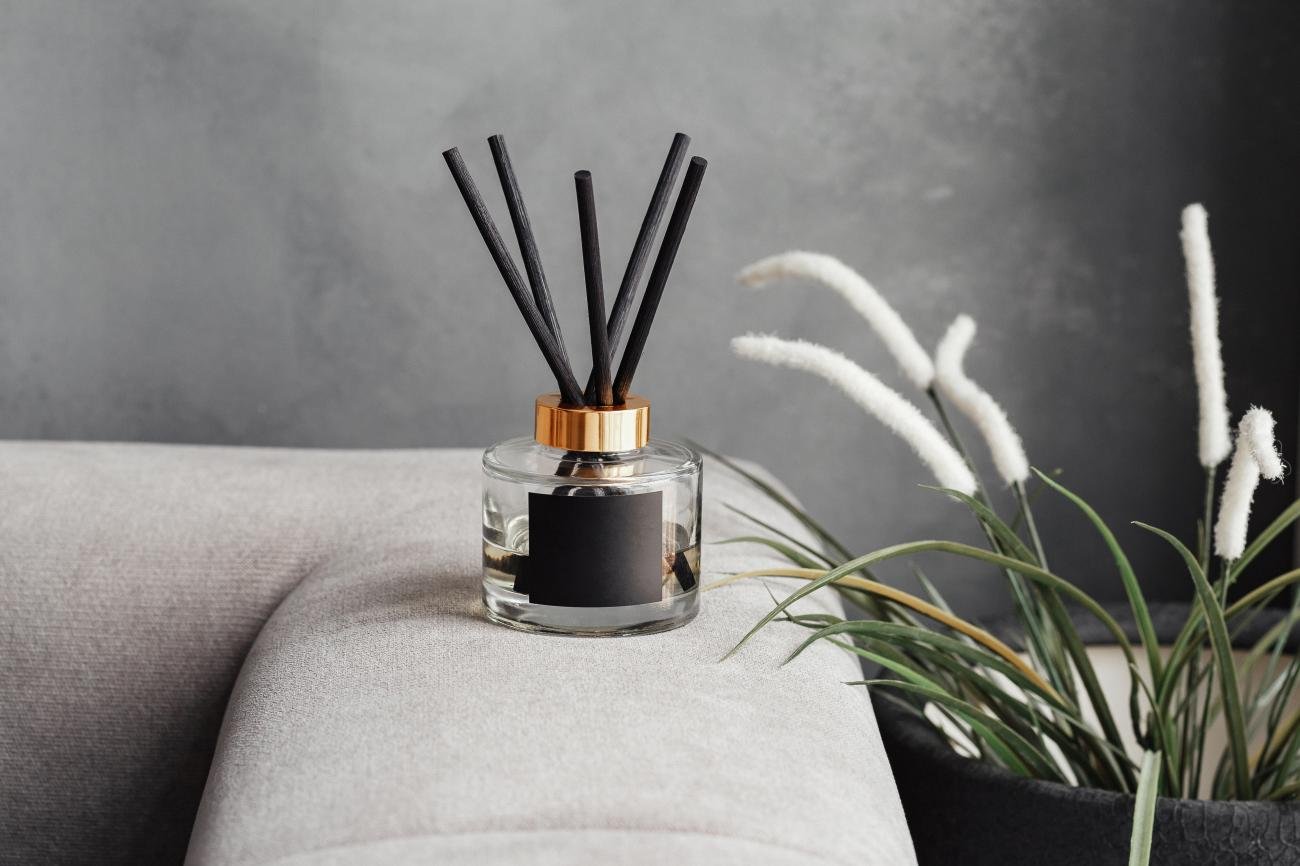
For us at ENO, this isn’t just theory; it’s practically applied in our daily operations, serving over 1,000 Amazon sellers annually and collaborating with major global brands.
1. Reputable Manufacturers
This is the first line of defense against poor quality.
- Experience: Work with suppliers who specialize in aromatherapy components and have a proven track record.
- Certifications: Check for quality management system certifications (e.g., ISO standards) if applicable, or internal quality protocols.
- Traceability: Good manufacturers can trace their raw materials and production batches.
2. Consistent Material Specifications
Ensuring every batch meets the standard.
- Raw Material Quality: For rattan, this means sourcing healthy, uniformly grown plant material. For fiber, it means consistent polymer composition.
- Processing Standards: For rattan, proper drying, cleaning, and cutting processes are crucial to prevent impurities or damage to capillaries. For fiber, it means consistent extrusion and pore formation.
- Absence of Treatments: Ensure no unwanted chemical treatments are applied to the sticks that could interact with the fragrance oil.
3. Precision in Dimensions
Size matters for consistent performance.
- Length and Diameter: Sticks should be uniform in length and diameter within a batch. Inconsistent dimensions can affect how many fit into the bottle neck and how effectively they wick.
- Cutting Quality: Clean, smooth cuts are important, as ragged ends can impede wicking or look unprofessional.
4. Proper Drying/Curing (Especially for Natural Reeds)
Natural materials need specific preparation.
- Moisture Content: For natural rattan, proper drying is vital to remove excess moisture without making the wood brittle. Incorrect moisture content can affect wicking or promote mold growth.
- Curing: Some natural materials might require a curing process to stabilize them.
5. Quality Control Testing
This is where the rubber meets the road.
- Visual Inspection: Checking for defects like cracks, splinters, discoloration, inconsistent diameters, or debris.
- Wicking Test (Performance Testing): Submerging samples of sticks in a control liquid (often a specific solvent similar to diffuser base) and measuring how quickly and consistently the liquid travels up the stick. This is a critical functional test.
- Absorption Rate Test: Measuring the volume of liquid absorbed over a specific time.
- Scent Neutrality Test: Ensuring the sticks themselves have no intrinsic odor that could interfere with the fragrance. (This is something we specifically do for our high-quality fiber reeds. They are truly odorless.)
By implementing such stringent material requirements and quality control measures, we assure our clients that the reed diffuser sticks, often overlooked, are indeed foundational to the overall success and performance of their aromatic products. It’s this attention to detail that allows ENO to deliver competitive trends and value to our clients, ensuring their customers get the best possible fragrance experience.
Conclusion
Reed diffuser sticks are vital components, and their material quality directly impacts fragrance diffusion and product lifespan. Whether natural rattan or synthetic fiber, they must possess high, uniform porosity, durability, chemical inertness, and be impurity-free. Strict sourcing and quality control are essential to ensure these materials deliver consistent, effective scent throw, ultimately enhancing the user’s aromatic experience.


